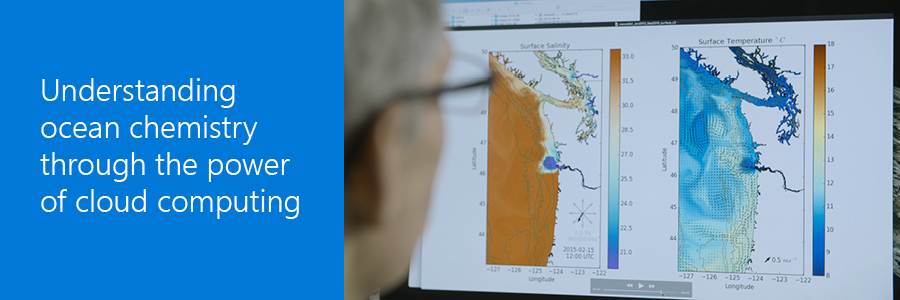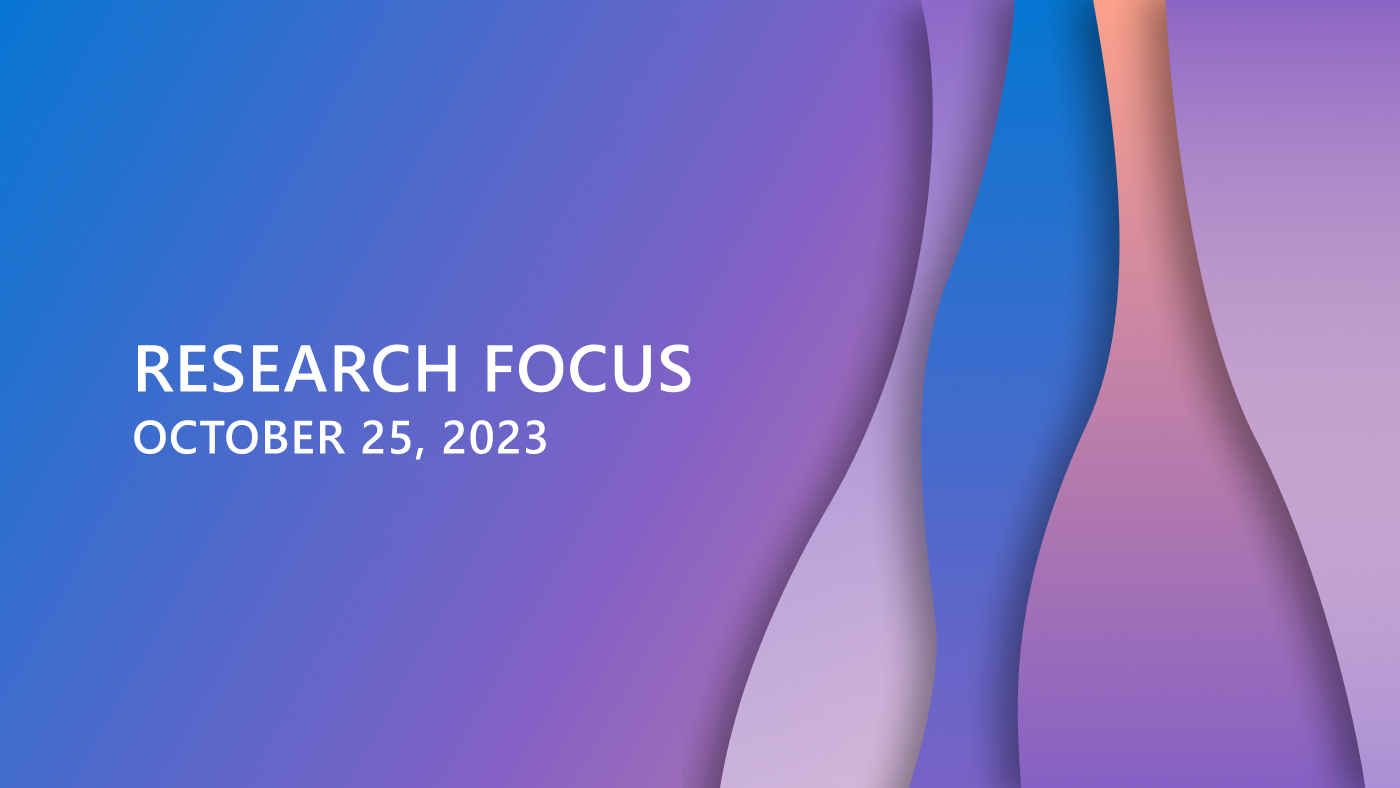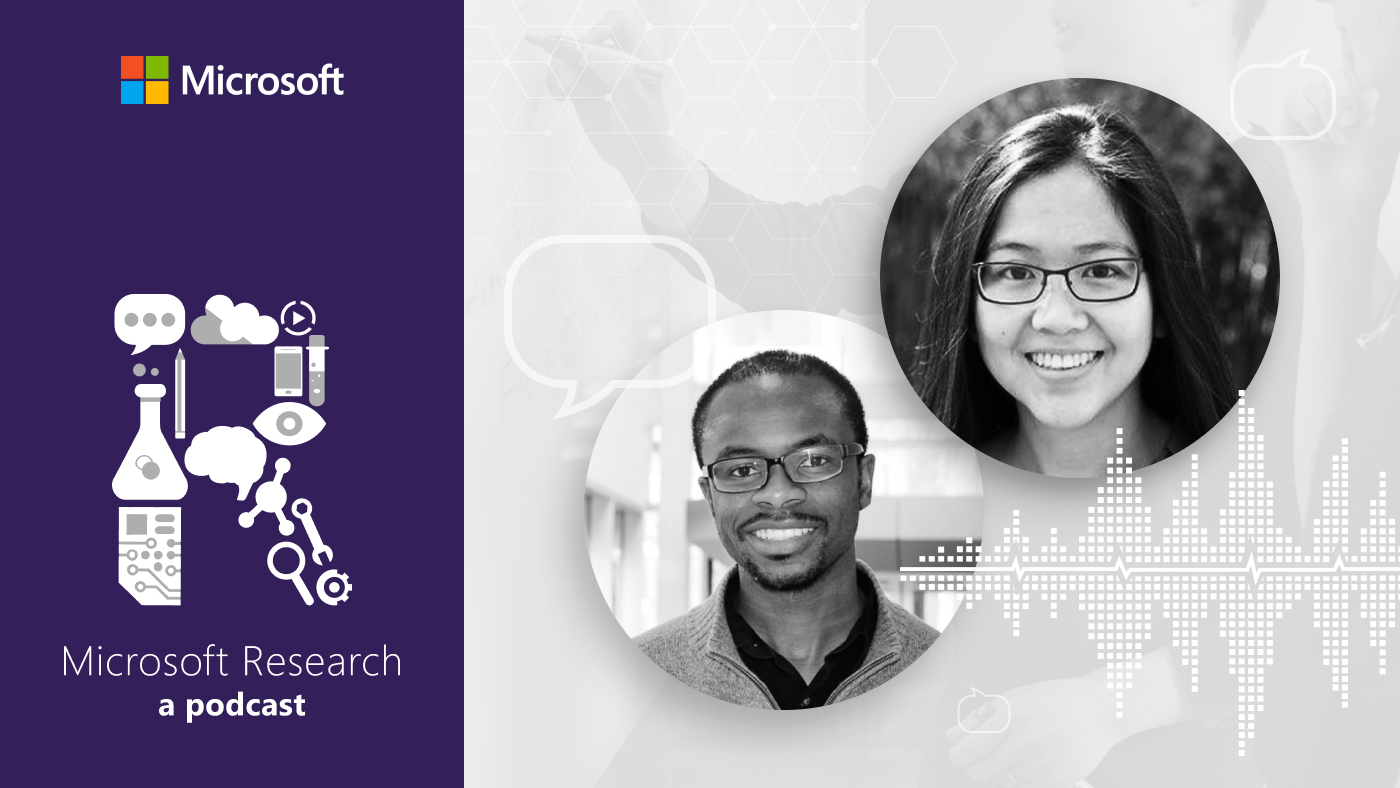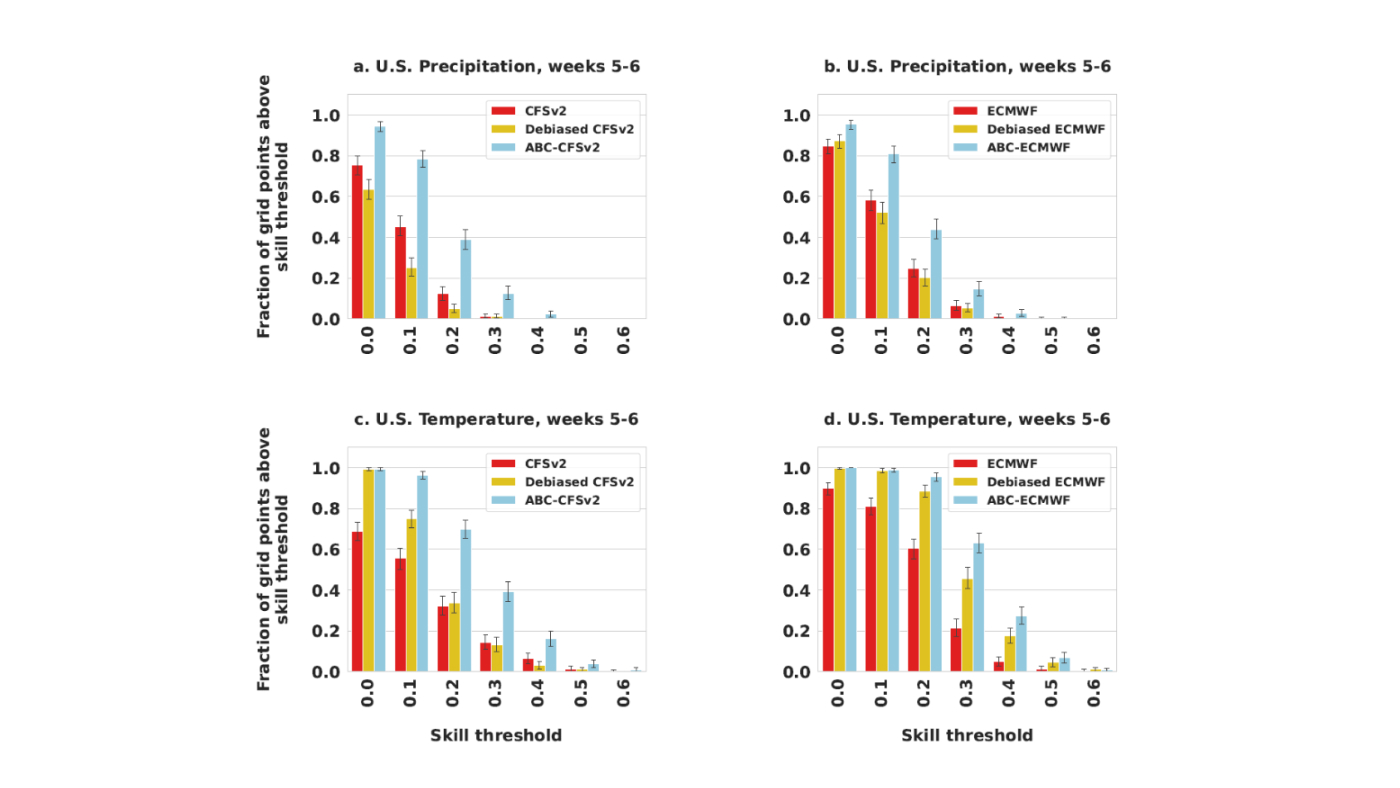By Daron Green (opens in new tab), Deputy Director, Microsoft Research

Shellfish farmer Bill Dewey remembers the first year he heard of ocean acidification, a phrase that means a change in chemistry for ocean water. It was around 2008, and Dewey worked for Taylor Shellfish (opens in new tab), a company that farms oysters in ocean waters off the coast of Washington. That year, thousands of tiny “seed” oysters died off suddenly. Today, a cloud-based predictive system from the University of Washington (UW) and Microsoft Research may help the shellfish industry survive changing conditions by providing forecasts about ocean water.
Microsoft research podcast
Dewey, director of Public Affairs for Taylor Shellfish, vividly remembers walking into a conference room where an audience of shellfish farmers first heard that ocean acidification might threaten their industry profoundly. They learned that increased carbon dioxide in the atmosphere is making ocean water more acidic. In 2013, the Washington legislature stepped in and asked the UW to study and build a predictive forecast model, aptly named, LiveOcean (opens in new tab).
Just like a numerical weather forecast model, LiveOcean will soon provide a forecast that predicts the acidity of water in a specific bay, part of Puget Sound or other coastal regions, days in advance.
Parker MacCready (opens in new tab), a professor of physical oceanography at UW, is the scientist leading the LiveOcean team and used Microsoft Azure (opens in new tab) to create the cloud-based storage system. The system holds enormous amounts of data from his remote ocean model, the Regional Ocean Modeling System (opens in new tab) (ROMS), which helps feed the LiveOcean models. The Azure component uses Python and the Django web framework to provide these forecasts in an easy-to-consume format. To produce these forecasts, the LiveOcean system relies on other sources: US Geological Survey data (for river flow), atmospheric forecasts, and another ocean model called HYbrid Coordinate Ocean Model (opens in new tab) (HYCOM).
Dewey needs information on the acidity levels because a baby oyster needs to create a shell immediately to survive, and needs carbonate ions in the water to make that first tiny shell. If the water is too acidic, the baby oyster must use too much energy and dies in its attempt to make that first shell. Taylor Shellfish has hatcheries for the baby oysters and “planting” beds where young oysters are carried to grow to full size. Forecasts of water acidity in both places would help the company know when it was safe to hatch the babies, and where (and when) it is safe to plant them.
Ocean acidification is an emerging global problem, according to the National Oceanic and Atmospheric Administration (opens in new tab) (NOAA). Scientists are just starting to monitor ocean acidification worldwide, so it is impossible to predict exactly in what ways it will affect the marine environment. In a report (opens in new tab), NOAA wrote, “There is an urgent need to strengthen the science as a basis for sound decision making and action.”
Azure tools make the system open to anybody. MacCready is eager to see how others develop sites pulling data on water currents for kayakers, for example, or information for salmon fishers. He is particularly excited about “particle tracking,” which helps him see where individual particles in the ocean move. That tracking could predict where an oil spill might move, for example. Using the cloud is “the way of the future” from his scientific perspective. “It gives the ability to create and use different resources without having to go out and buy hardware yourself.”
Fine-tuning and testing is essential to the reliability of the predictions. In recent years, MacCready and others have been validating the forecasts that LiveOcean is making. They pair real observations from physical instruments to predictions. Within months, he hopes to refine forecasts down to the level of individual bays, so that he can tell Dewey whether Samish Bay or Willapa Bay, for example, is “safe” for the new oysters.
LiveOcean has impacts far beyond just the shellfish industry. Jan Newton, principal oceanographer at the Applied Physics Laboratory, is the co-director of the Washington Ocean Acidification Project (opens in new tab) (WOAP), believes it may change how the public sees climate change and ocean chemistry.
“Data portals and models like LiveOcean can really make a bridge [of understanding] because even if people don’t understand the chemistry, they’ll look at the color-coding and see how this changes with location and season,” she said. Dewey believes that these tools for the Pacific Ocean chemistry will be adopted by others for oceans worldwide.
Learn more
- Case study: Understanding ocean chemistry through the power of Cloud Computing (opens in new tab) (PDF, 259 KB)
- Saving shellfish harvest by predicting ocean chemistry using Microsoft Azure (opens in new tab) (video)
- LiveOcean (opens in new tab)
- Taylor Shellfish (opens in new tab)
- Washington Ocean Acidification Project (opens in new tab)
- Microsoft Azure for Research (opens in new tab)
- Microsoft Azure (opens in new tab)





